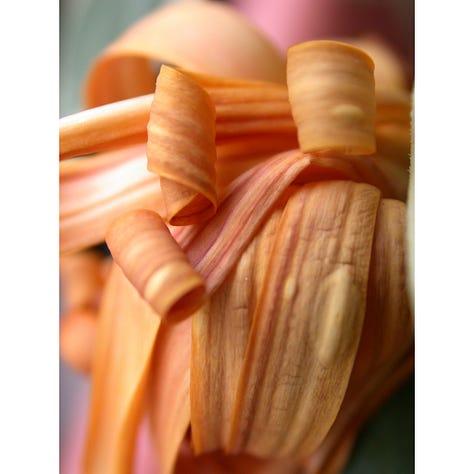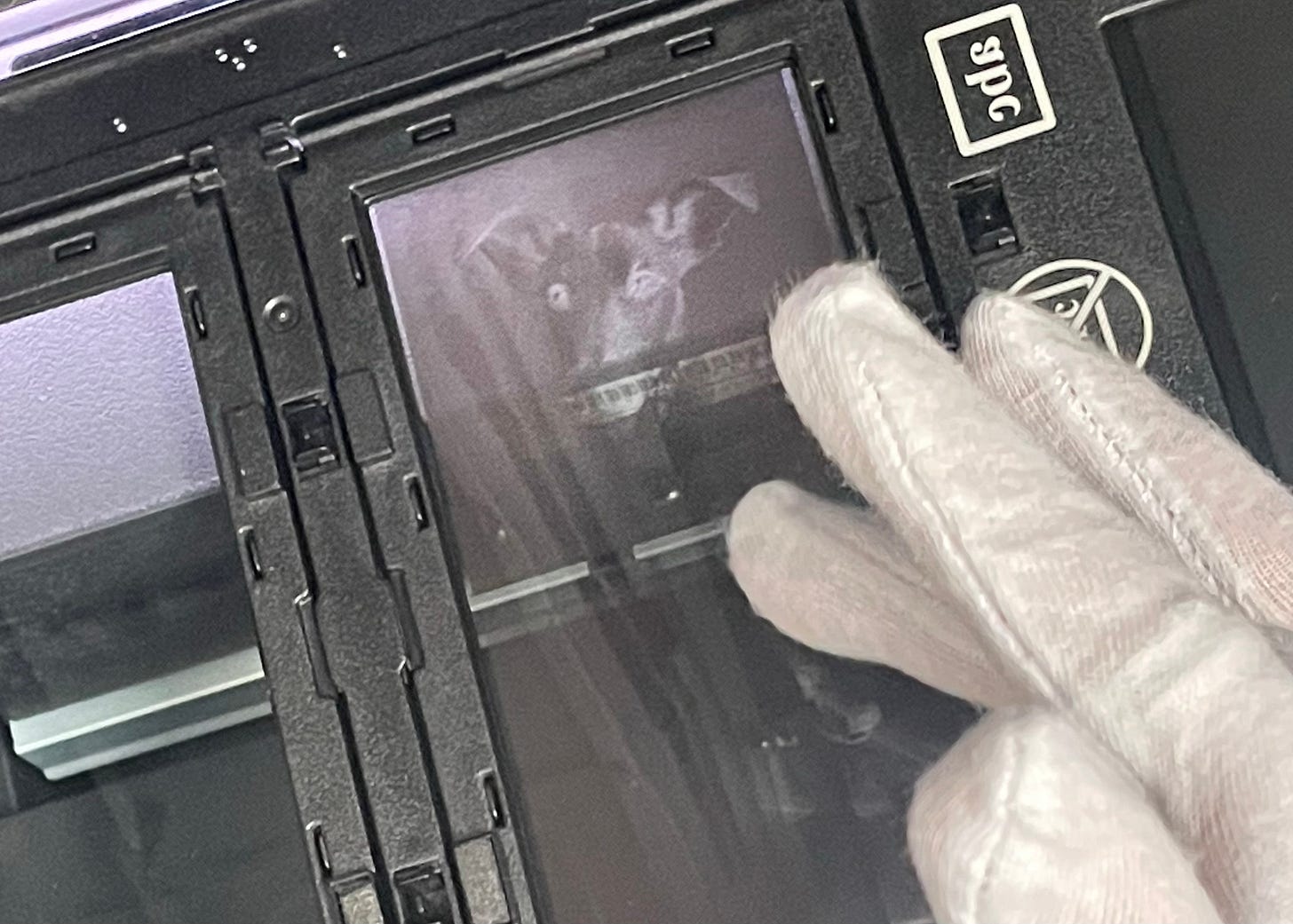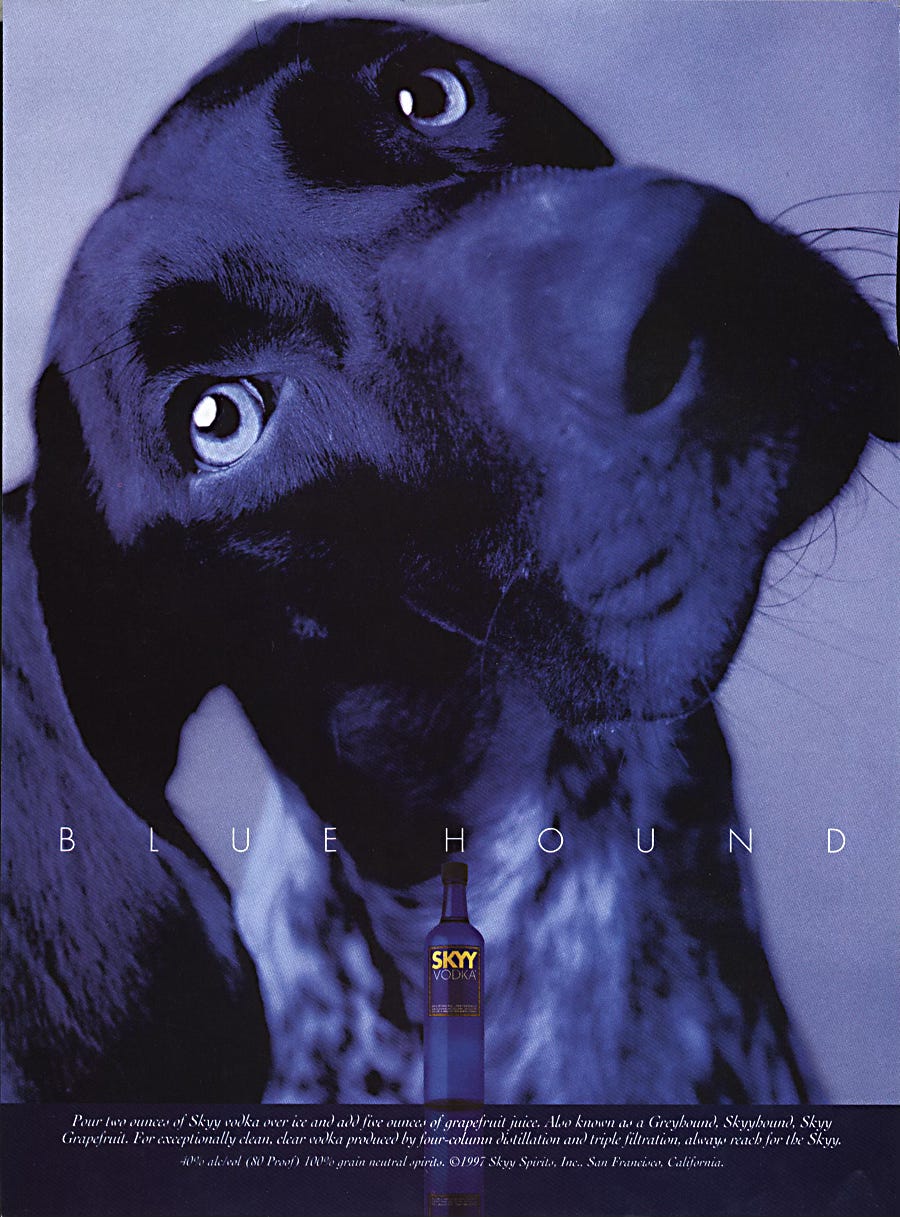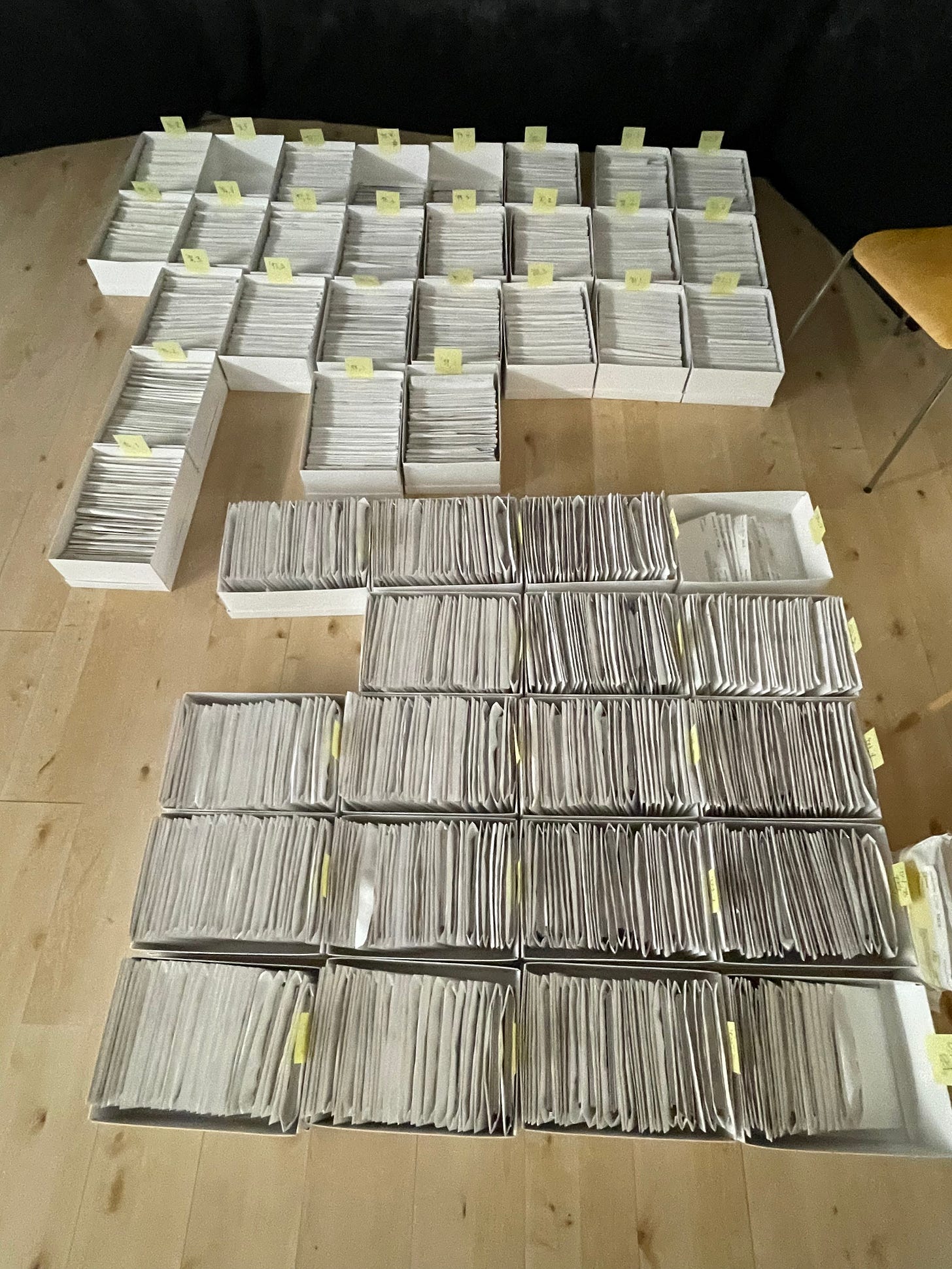Staying Positive Amid All These Negatives
Searching for the past and exploring the future.
As part of the final year of operating Sutton Studios, my photography enterprise, I’m taking a retrospective look at photos from each of the thirty-plus years I’ve been offering this service of photographing people with their pets.
In 1994, the year I turned my attention away from magazine photography and started this particular specialty, I had just 14 clients (the following year, 140). I took some milestone photos that first year, and I wanted to share some of them with my studio’s social media followers, but I couldn’t find the originals in my archive of film negatives.
I’m pretty sure I had had the idea to revisit those photos before, maybe on the studio’s twentieth anniversary. I probably pulled the negatives to scan, then put them “someplace special”, outside of my filing system.
Raise your hand if you have fallen for this yourself. “Someplace special” is never a good place to put things that already have a place in a system.
“They’ll turn up,” Darby, my able and optimistic helper assured me.


One of the conundrums I’m facing as I get ready to let go of my 3000 square-foot studio space is what to do with all my stuff.
In particular, I’ve been trying to figure out what to do with twelve years worth of film negatives, my pre-digital client archive (1994-2006), all tucked carefully into archival sleeves within business-sized envelopes and housed in five standard, four-drawer steel file cabinets. The originals from 2007–2025 reside inside a cubic foot of electronics.
This is a struggle that I think many people have in their creative lives, especially those of us working across several different media and engaged in a lot of different projects, and especially if we’re doing this over the course of decades. Where do you put things? How do you find them again? When and how do you part with them? In my professional life, I have excellent naming and filing conventions for digital and for physical organization. I can find a specific client’s photos in minutes. In my personal creative pursuits, not quite as much.
I once put together an exhibition of photos, a series from my personal work, of flowers just past their prime. I ordered large prints, had mats cut and then matted them myself. I ordered pretty, white metal frames from one supplier and glass from another. I cleaned all of the glass myself, framed everything up and hung them up on the walls of Café SelMarie in Chicago, where they lived for a month.
I figured I’d only need to sell three or four them to pay for the show, but though they were much loved, none of the 25 framed prints sold, leaving me with a significant collection of art stuff.
I actually built an 8' tall by 12' wide storage unit to house that show and some other framed prints I’d accumulated. All that art waited there for 10 or 12 years before I finally pulled all the pieces out and dismantled them, putting the prints into archival boxes and donating the frames and glass to a local art school. Shortly thereafter I tore the storage unit down.
I have been reluctant to mount an exhibition ever since those photos went into storage.



I started doing what I do commercially over 30 years ago, in a different world. For starters, I learned and worked in the age of film photography, an age when talented photographers could supplement their income substantially by placing their photos with stock agencies who would license them over and over again, for real money.
Early signs were good. A couple of my dog-related photos were licensed multiple times, and at least two of them pulled in over $10,000 apiece.
This growing archive of photos, created in my commercial work, was to be my yellow brick road to passive income, and perhaps even retirement.
Things changed. Digital technology took over, bringing with it many powerful advantages for photographers and also musicians. Substantial disadvantages showed up relatively quickly as well, as photos and music morphed into something called digital content.
Most notably, the ensuing superabundance of easily transferrable content meant that licensing fees fell dramatically.
So much for my yellow brick road.
Back to those missing negatives… In an effort to discover whether they’d simply been misfiled, I had Darby pull all of the envelopes containing film negatives out of their file cabinets and re-organize them into tidy white boxes by year.
The 1994 negatives I’d been looking for didn’t turn up. They had apparently not been misfiled within the archive. I must have put them “someplace special”.
Meanwhile, another savvy young woman who has been helping me with social media and marketing found beautiful scans of the exact photos I had been looking for in my studio’s Facebook feed, lending credence to my twentieth anniversary theory. So at least there’s that, for now. And, Darby assures me, the originals will turn up eventually. Maybe when we’re packing out a year from now.
What’s next for me? I haven’t figured that out yet, but I feel good about it.
Sutton Studios on: Facebook, on Instagram





My archives are nonexistent. I went to a big fancy photography school, looking back I’m wondering why they didn’t have an entire class dedicated to archiving.
Lovely. You’ve had a beautiful career in photography and have a compelling narrative voice. So much to bring forward in your next evolution.